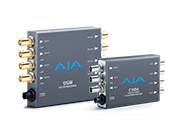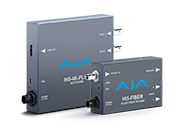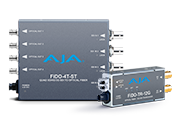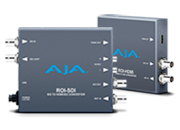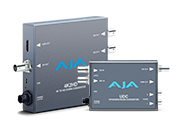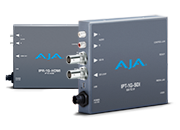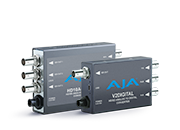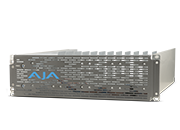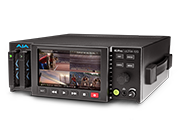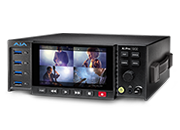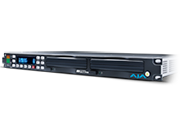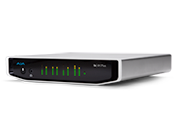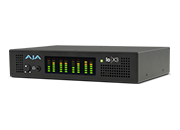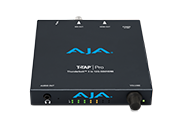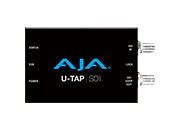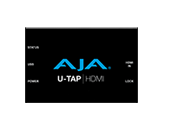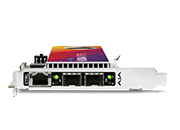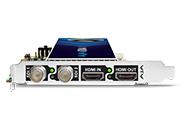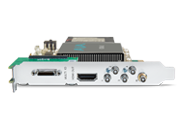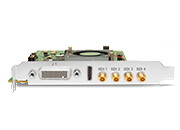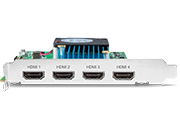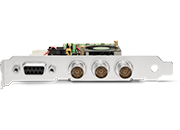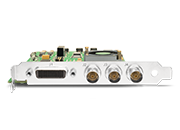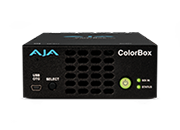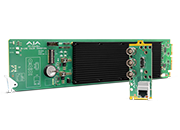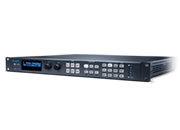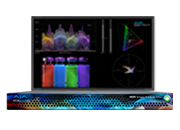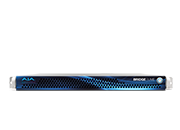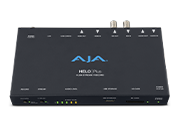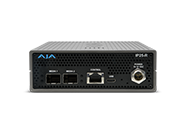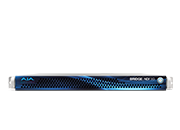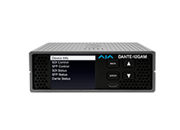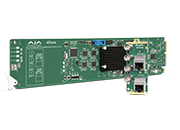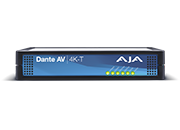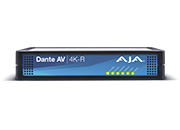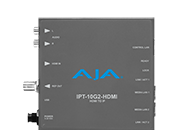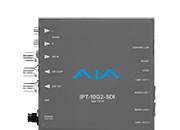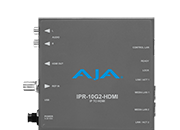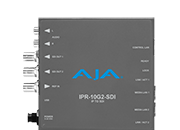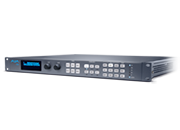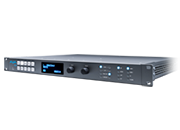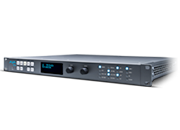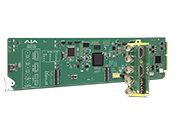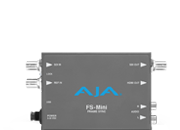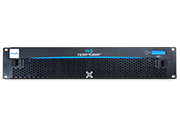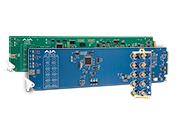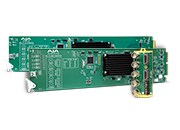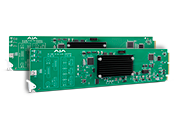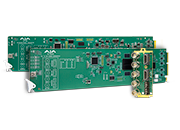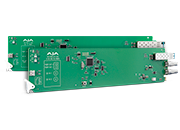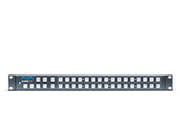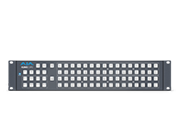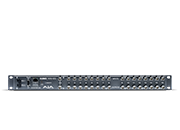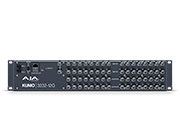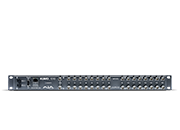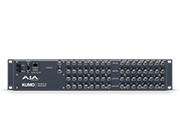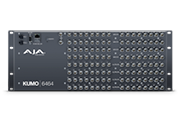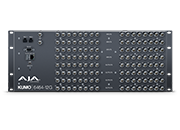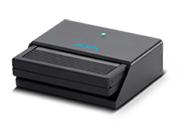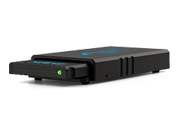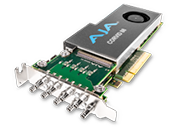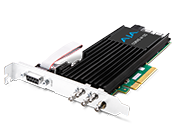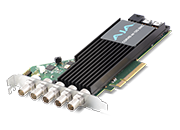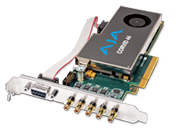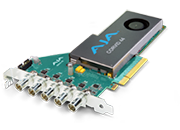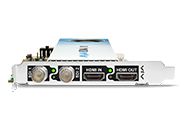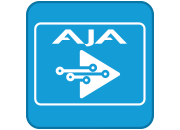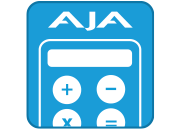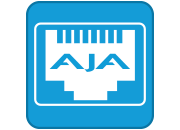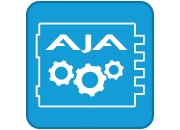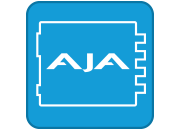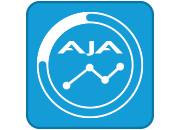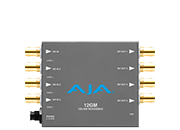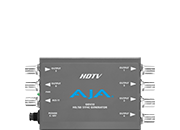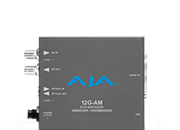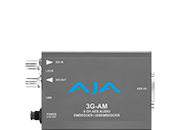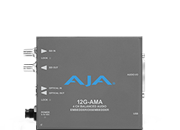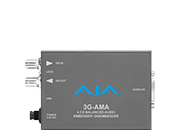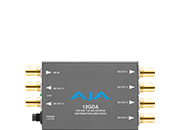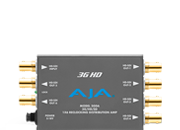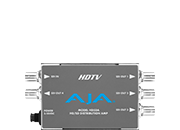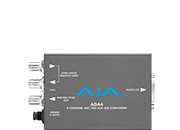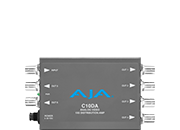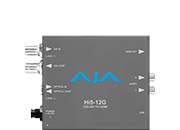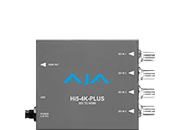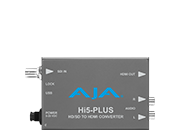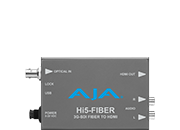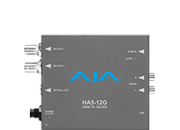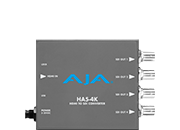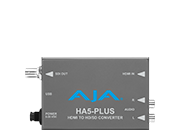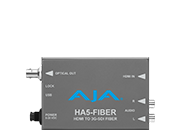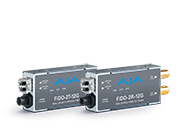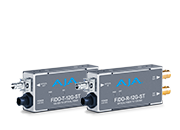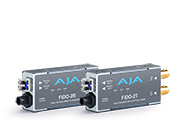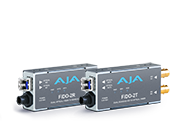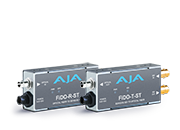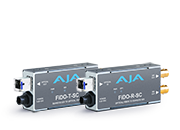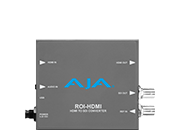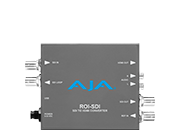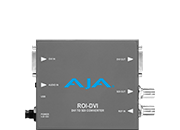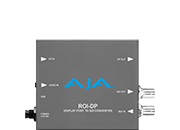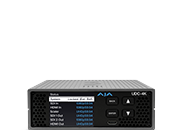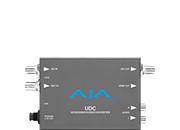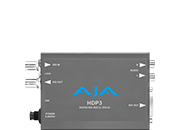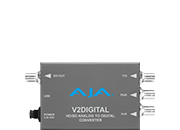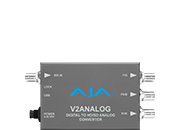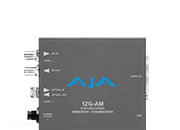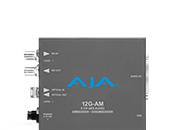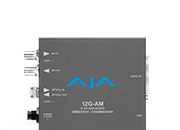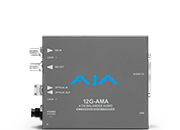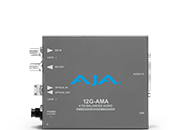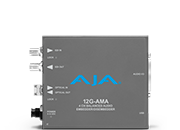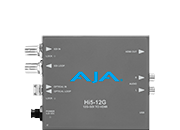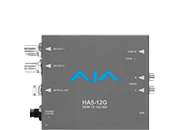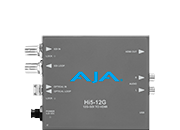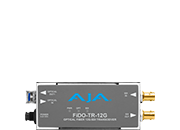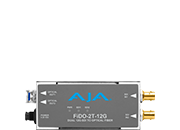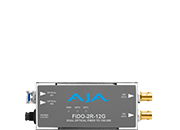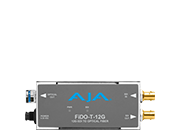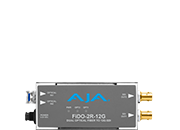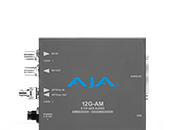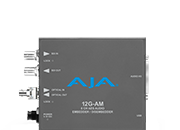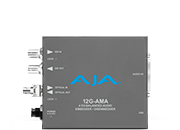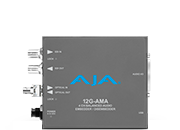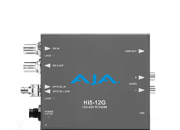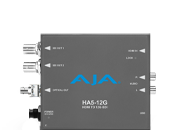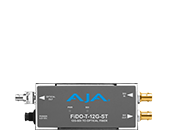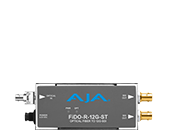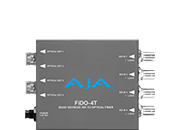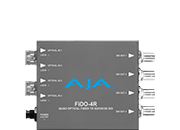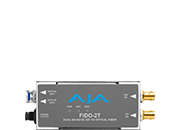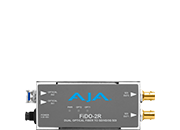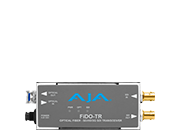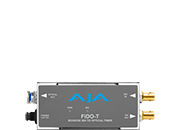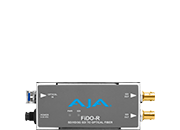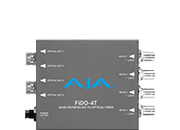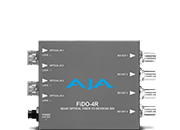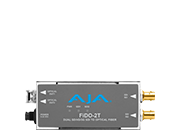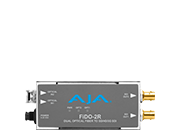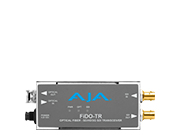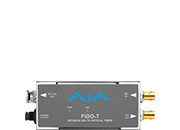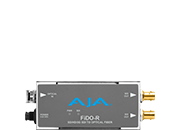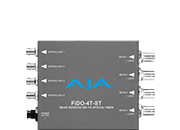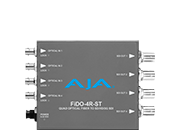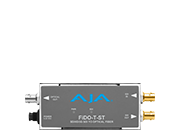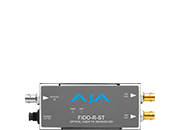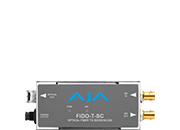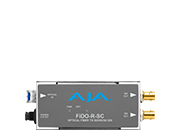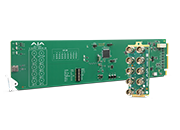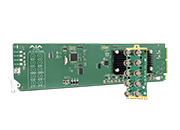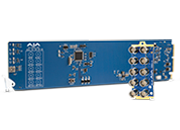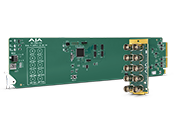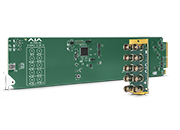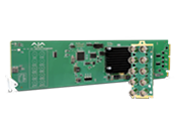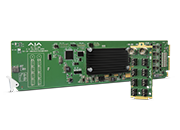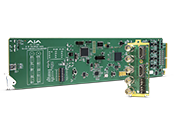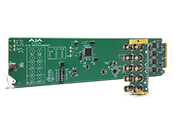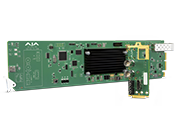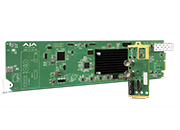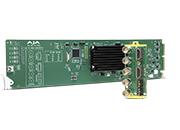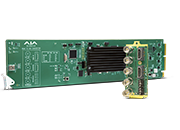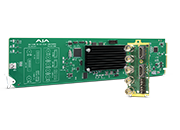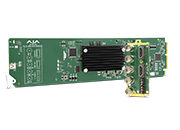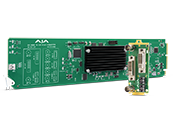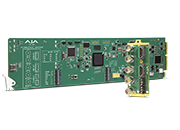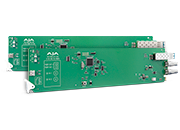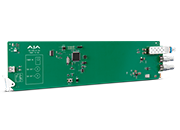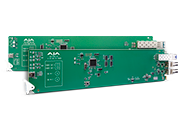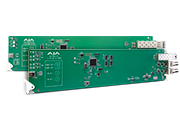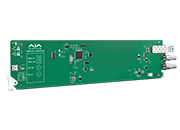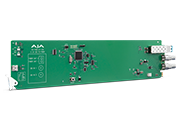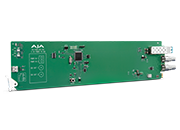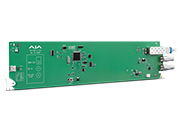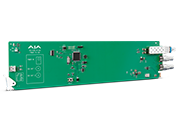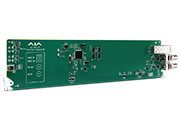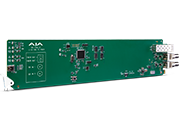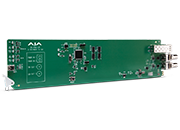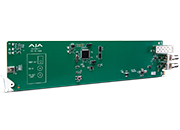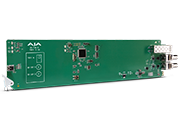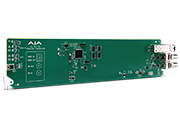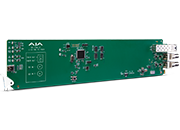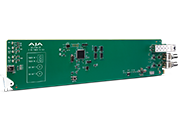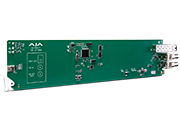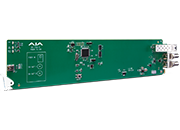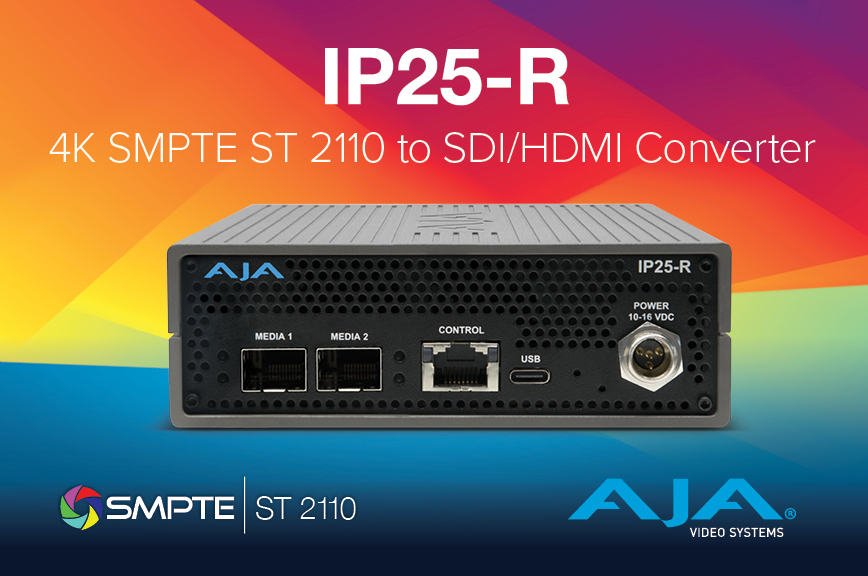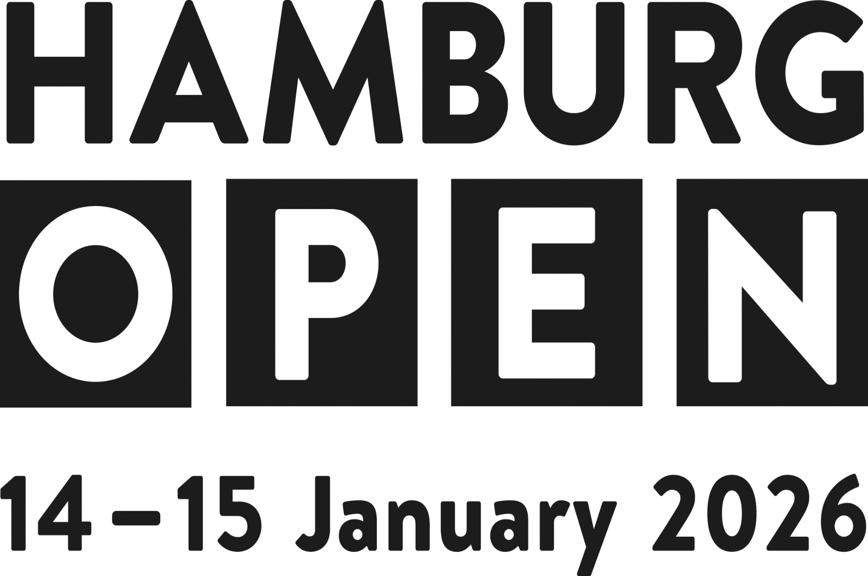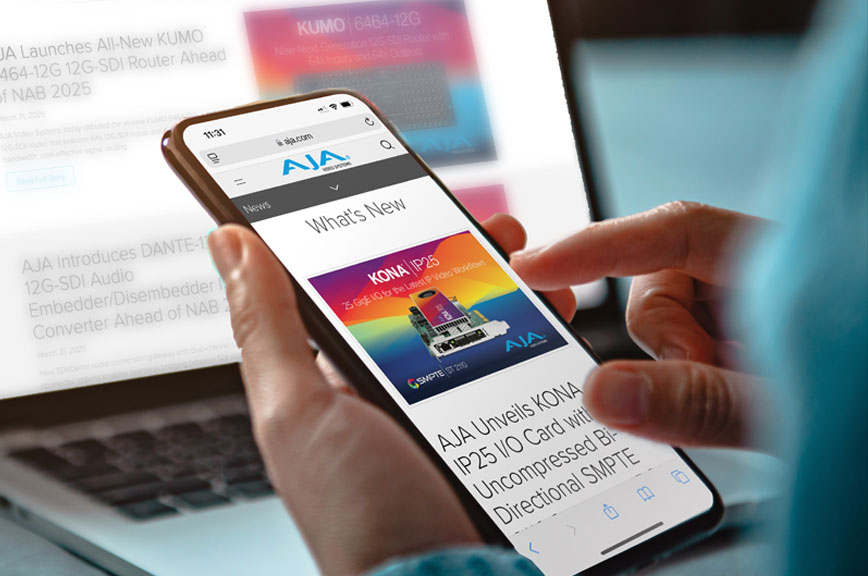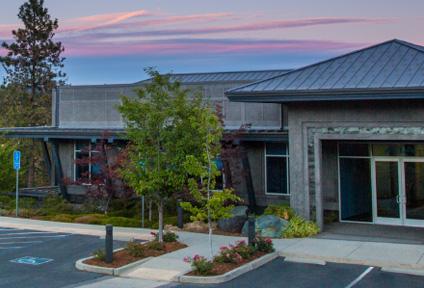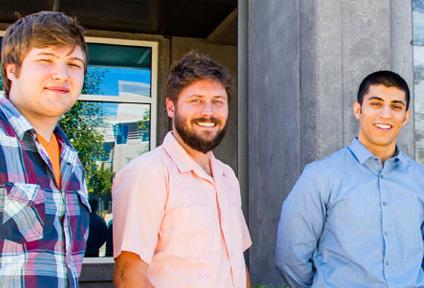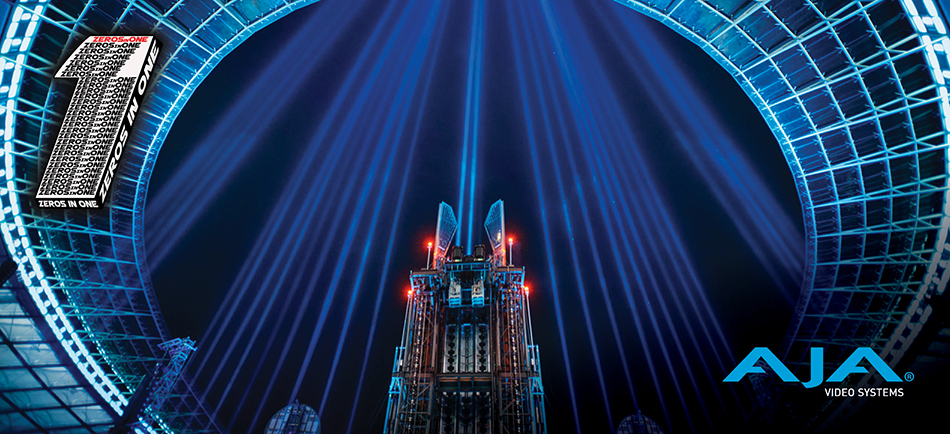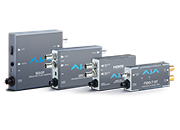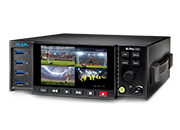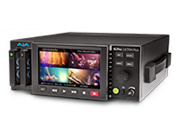Zeros in One Rocks AJA Gear on Tour
September 28, 2023
Video production company Zeros in One specializes in supporting live concerts and other large-scale events with camera and engineering expertise. Founder Jason Harvey, formerly of Short and Spikey, assembles custom packages for these supersized affairs, working closely with the production team, director, and hired crew to ensure the workflow comes together without a hitch for each elaborate performance. Harvey is currently on tour supporting an act across Europe, but we caught up with him between stops.
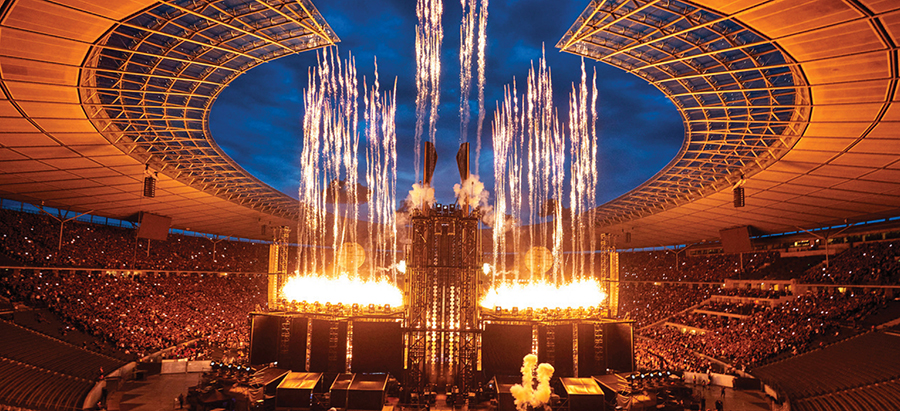
How did Zeros in One originate?
During 2020, live touring shut down, which effectively ended my previous video production company, Short and Spikey. For a while, I created technical training videos for Volkswagen. Then, toward the end of the year, touring slowly started to resume, with proper safety measures in place, so I launched Zeros in One and went back into live events. It was challenging doing load in and out in face masks, but we did what was necessary. Once restrictions started to ease, I went on tour with Rammstein for a three-month engagement across Europe, then US, Canada, and Mexico. There were still a lot of Covid protocols in place, like daily testing, but overall, fans were eager to get back to live in-person concerts. Since then, it’s been a roller coaster and shows have run non-stop.
What inspired you to get into this line of work?
I started out in gear rental, then moved into post production and learned to transfer 35mm slides to video tape, and use editing systems. I did a brief stint in telecine – notably working on “Four Weddings and a Funeral,” but it didn’t really excite me. I wanted to get out of dark rooms and into the production trenches. I knew all the kit, so I started freelancing for various aspects of filmmaking, then became an engineer. I started running live event productions for record labels doing artist showcases, and got to work with a lot of amazing performers on projects around the world.
Tell us more about the musical artists that you’ve worked with?
One of my first projects was doing a six-day around-the-world conference with Geri Halliwell, when she went solo. That led to a collaboration with Cher, which started out as 60 shows and grew to 328 shows over three and a half years. I’ve been in the rock-and-roll business ever since, and have been able to work with nearly all the big names – from Madonna, Lady Gaga, and Janet Jackson to Bon Jovi, Paul McCartney, and more.
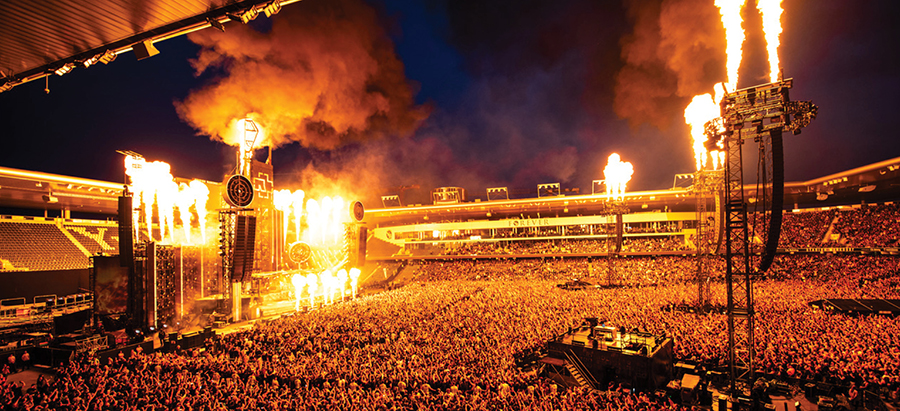
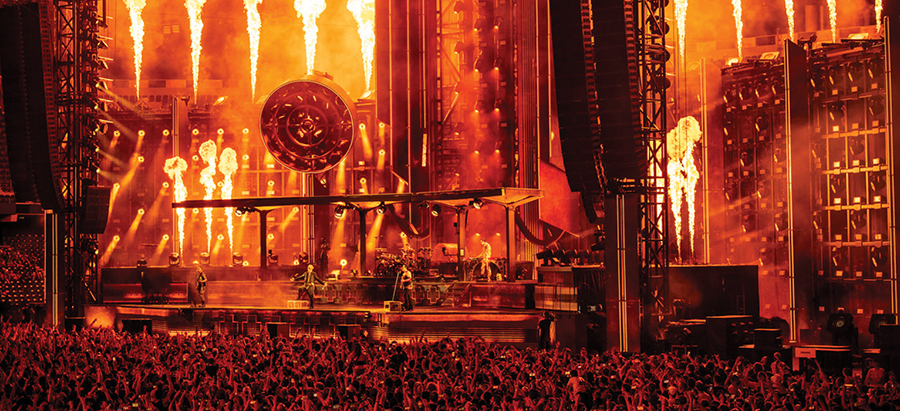
What does a typical project entail for you?
It really depends on the scope of the tour. I’m currently in Europe with Rammstein and we typically film every night with twelve cameras – four manned and eight robot cameras, which I’m in charge of. We use these for live media display and recording, so they’re interfaced with a media server. I work with the show director and video team to go through plans, and support collaboration across departments. I use a lot of AJA equipment so that I can remotely control the cameras, and properly sync with color correction. In the current setup, I’m using three AJA Ki Pro Ultras for primary show ProRes recording, and Ki Pro GO for backup recording to H.264 and artist hand offs. I’ve also started leveraging the new AJA Dante AV 4K-T encoder and AJA Dante AV 4K-R decoder, which allows me to transmit and receive Dante AV Ultra signals up to 4K/UltraHD, with 12G-SDI and HDMI 2.0 inputs or outputs over standard 1GigE IP networks.
How would you describe your experience with AJA’s Dante AV devices?
I’m super excited for them to hit the market. I was an early tester and provided feedback that helped shape their development. They’re very well suited for live music productions. We’re still putting them through the paces and haven’t fully unleashed their potential. Since we’re in different venues each night, we don’t always have necessary hardwired connections, which creates some limitations for our productions. That said, what they’re able to do is amazing, and they’re making people’s lives a lot easier, especially with more IP networks being installed. 1GigE IP was the standard for a while, now we’re slowly moving to 10GigE and 40Gig Fiber as the IP side of the business is ramping up.
What does your workflow look like on your current project?
We’re shooting in 1080 60p using 3G and capture about .5TB per camera each night. The raw output goes into media servers, where the concert feed is color corrected and filters are applied. That signal is then fed to LED video screens. We’re not live streaming the events, but we do record each performance. We run fiber optic cable to the front of the house and have a 10GigE switch, which helps us control the machines. Sometimes, we’ll get thrown a curveball, like when we’re asked to record extra cameras or incorporate drone footage. Post-show, data wrangling is very time intensive. AJA PAK Media solid state drives (SSDs) are super helpful for being able to shift media quickly. Unlike film shoots, which have shorter takes and fewer cameras, recording live concerts entails hours-long single takes on as many as 20 cameras. That generates so much data, and I need to be able to shift through it all. With a few PAKs, I can move many TBs of data in a few hours from my hotel room.
Which aspects of the job do you enjoy most, and which are more challenging?
I love that every night is different, even though we’re theoretically doing the same show. My current project has a lot of pyrotechnics, and all those explosions and fire are challenging to manage in a live production environment. Gear can be shaken loose or exposed to extreme temps. I need to be prepared for anything, and have backup plans ready. The show must go on.
What does an average day on the job look like for you?
Right now, the tour I’m with has a massive set that takes five days to build. We have two stages so that we can leapfrog setups and shorten the duration between shows. Once the load in is complete, my work begins. We load the show in the day before the show, and the departments stagger setup into the day until the main systems are ready, which can be as late as 2am. The department order is precisely coordinated for efficiency and safety, otherwise it would be chaos. On show day, we finish loading in the stage cameras and run cables, then have the tech check. Doors usually open between 5-6pm, and the main act goes on between 8-10pm, depending on where we are in the world.
During production, everyone on the video team has an active role; there is no sitting around. The director is calling cameras and live cuts. I’m in charge of doing color correction and live shading, and running some of the robot cameras. Another person looks after the media server and runs additional robot cameras. Most crew members have multiple jobs, like they’ll build LED screens and are also camera operators. The crew chief oversees the whole operation and serves as an extra set of hands. As soon as the show is finished, we take everything down and the load out order is done in reverse. A lot of us have worked together before and at this point we’re like a well-oiled machine. It’s pretty amazing to see. Then, we hop on the bus and head to the next stop.
What AJA technologies do you use across projects?
I have three FS2s, one FS-HDR, four Ki Pro recorders – including three Ki Pro Ultras and one Ki Pro GO, several PAK Media drives, two Dante AV 4K-Ts, two Dante AV 4K-Rs, and a drawerful of Hi5 Mini-Converters. I also have ten FiDOs built into our current rack to run front-of-house optic. I use FS2 and FS-HDR to do color correction, right now for robot cameras. FS-HDR is great because it allows me to input many channels and I don’t have to lock in the equipment settings. I can call up the GUI in my web browser and make changes. Some shows start earlier or later so it may be sunny or dark, so I’ll need to adjust color settings accordingly. AJA’s FS frame sync range is lovely and really easy to work with; I like to mix and match the FS2s and FS-HDRs. The new Dante AV gear has worked flawlessly thus far and we’re just getting started. We’ve already beaten it up in racks with air temps over 40C. We were all melting but the gear withstood the heat.
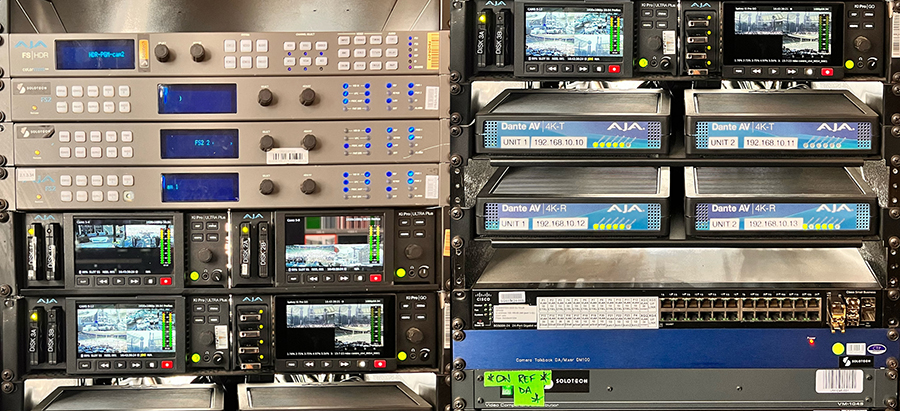
Why do you use AJA gear?
AJA gear has been my go-to for nearly 20 years. It’s easy-to-use and bulletproof, even on the road. You plug it in and it just works, whereas technology from a lot of other manufacturers fails. If I do hit any snags, AJA support is in touch with me figuring out solutions within 24 hours, usually less. The AJA team listens to their customer needs and develops gear based on that input. Just off the top of my head, I can think of three products that AJA has put into production that answered direct feedback, the most recent being the Dante AV 4K receiver and transmitter. I just love AJA products and keep coming back for more.
Which technology or production trends are you following and why?
Technology is changing all the time, so it’s nearly impossible to keep up with it all. That said, I always keep an ear to the ground, because you never know what you’re going to be asked to do next. When I started, the standard was SD, then HD, and now 3G. We’re on the cusp of 4K and HDR. Live HDR production requires a lot of investment and technical knowledge; it’s not common yet, but will be soon. If you want to be invited to play with the new toys, you need to understand how they’re used and be at the top of your game.
What advice would you offer to other live production professionals?
Never give up on the dream. When I was 15, I wanted to work on shows for megastars like Madonna, and was told it wasn’t going to happen. Almost 20 years later - to the date, I was in charge of Madonna’s world tour, but getting there required hard work. We live in a world of instant gratification and people don’t realize what goes on behind the scenes, even with Tik Tok or YouTube videos. The capture, edit, and upload require a lot of challenging work. You’ve got to persist and hang in there. All the hours of practice and time spent perfecting your art will pay off. The more years you put in, the better you will become, and I’m still learning. In fact, a 25-year-old camera operator recently showed me a drop-down menu option that I didn’t know existed. There’s always more to learn.
About AJA Video Systems
Since 1993, AJA Video Systems has been a leading manufacturer of video interface technologies, converters, digital video recording solutions and professional cameras, bringing high quality, cost effective products to the professional broadcast, video and post production markets. AJA products are designed and manufactured at our facilities in Grass Valley, California, and sold through an extensive sales channel of resellers and systems integrators around the world. For further information, please see our website at www.aja.com.
All trademarks and copyrights are property of their respective owners.
Media Contact:
Katie Weinberg
Raz Public Relations, LLC
310-450-1482, aja@razpr.com
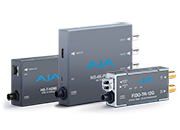 Mini-Converters
Mini-Converters
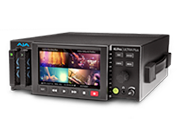 Digital Recorders
Digital Recorders
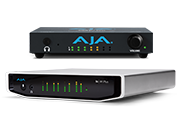 Mobile I/O
Mobile I/O
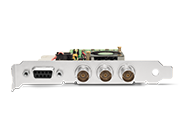 Desktop I/O
Desktop I/O
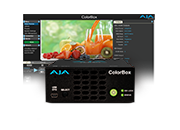 Color
Color
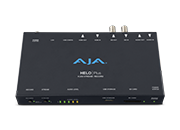 Streaming
Streaming
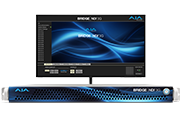 IP Video/Audio
IP Video/Audio
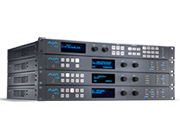 Frame Sync
Frame Sync
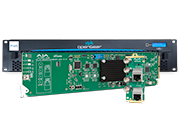 openGear
openGear
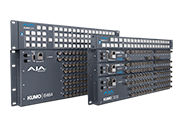 Routers
Routers
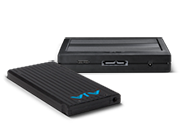 Recording Media
Recording Media
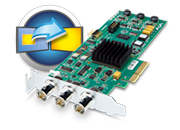 Developer
Developer
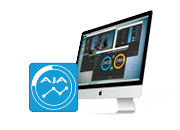 Software
Software
